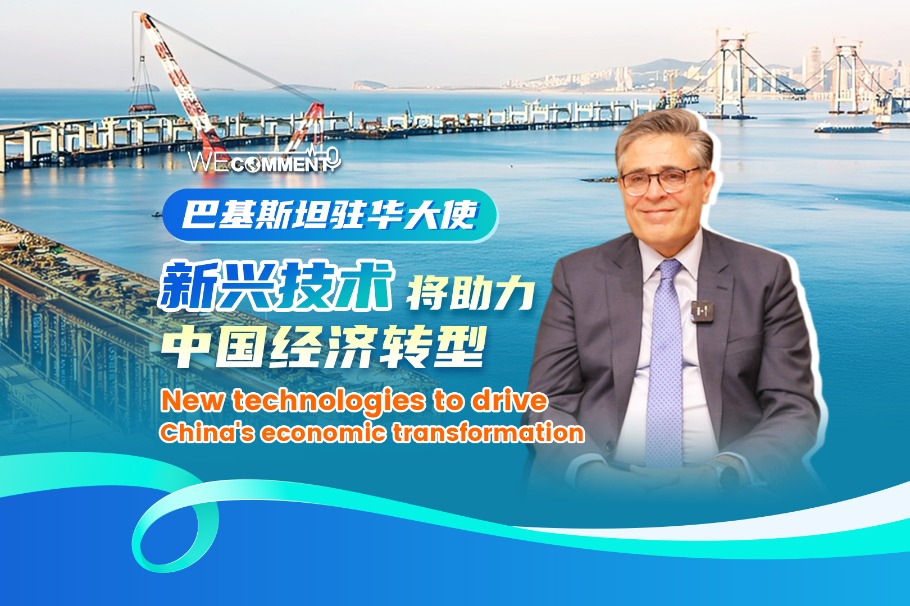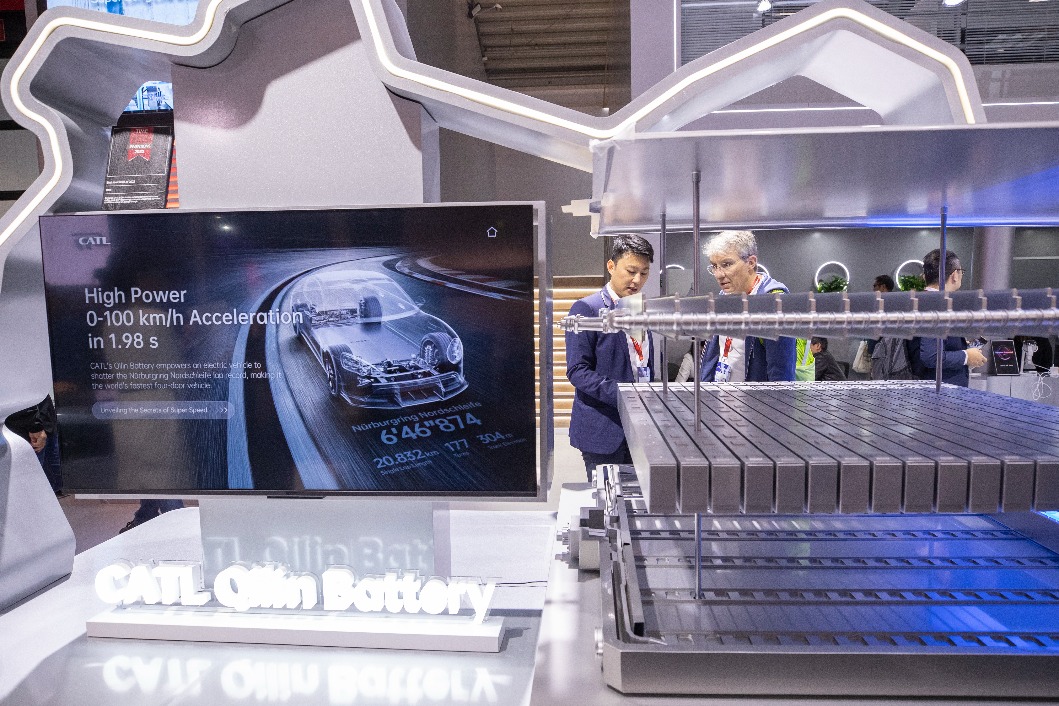Chinese goods set to move up the value chain

Exports will shift to value added model, analysts say
China's exports will shift from a goods-driven to a value-added model in the coming years, European analysts say.
"China's biggest change I foresee in next few years is the transformation of 'made in China'," says Ngaire Woods, director of the Global Economic Governance Programme at Oxford University.
Woods says "made in China" has meant produced in China but designed, patented, financed and marketed abroad.
"China is gradually 'patriating' each of these elements," she says. "In the future, 'made in China' will be like 'made in Italy' in the fashion industry."
Her comments come as China begins its new five-year plan. The 12th Five-Year Plan (2011-2015) was approved at the annual session of China's National People's Congress, the country's top legislature, on March 14.
The plan contains measures to boost domestic consumption - a sign China is gradually steering its economy away from export- and investment-fueled growth.
"Increasingly, China is competing not just on cost in the export market but is moving up the value chain," Confederation of British Industry in China chief representative Guy Drury says.
China-Britain Business Council CEO Stephen Phillips says he believes it is a positive sign that the Chinese government is focusing on its domestic market in its 12th Five-Year Plan. "This will help to achieve trade balance on a macro level," Phillips says.
Chinese exports play an important role in European business and consumption. Many Chinese products are daily essentials consumed in Europe, where they offer competitive prices and more choices.
In Europe, many home comforts would not function without their Chinese content. A greater array of choices in everything from clothing to electronics are available especially during a phase of sluggish growth.
But most Chinese exports use other countries' technological know-how. Drury points out that many parts for high-tech items are imported from abroad, assembled in China and then exported from China as finished products.
The Chinese government and companies should monitor the export balance transition, says Jack Yu, international policy adviser on North Asia and Pacific of The Law Society of England and Wales.
Chinese commerce officials had previously said that China should improve its exports' competitiveness and pay more attention to intellectual property protection. They have also called for the establishment of Chinese distribution and marketing channels for more value-added goods.
"Although China has become the world's biggest exporter, our trade is plagued by various problems, one of which is related to quality and the relatively thin profits," Vice-Commerce Minister Zhong Shan said at the opening ceremony of the East China Fair on March 1 in Shanghai.
China's trade surplus fell 6.4 percent in 2010, with exports jumping 31.3 percent and imports surging 38.7 percent year-on-year, government figures show.
Rodger Baker, vice-president of global intelligence company Strategic Intelligence, says: "Lower-cost component parts (imported from China) for more advanced European manufactured goods reduce the overall cost, and allow (or force) European firms to focus on innovation rather than maintain lower-end manufacturing lines."
But there remains the competition factor as well, he says, Chinese goods are rising up the technology scale, and competing with European goods. Also, in the EU, there remain countries that still have key lower-end industries which are threatened by Chinese imports, Baker adds.
As Yu puts it, "it is interesting to watch the dynamics as Chinese companies move from 'made in China' to 'designed in China'."
Today's Top News
- Targeted action plan to unleash consumption momentum
- Separatist plans of Lai slammed
- Sinologists help to bridge civilizations
- HK unveils sweeping steps after huge blaze
- China releases white paper on arms control
- China blasts new remarks by Japan's prime minister on Taiwan's legal status






























